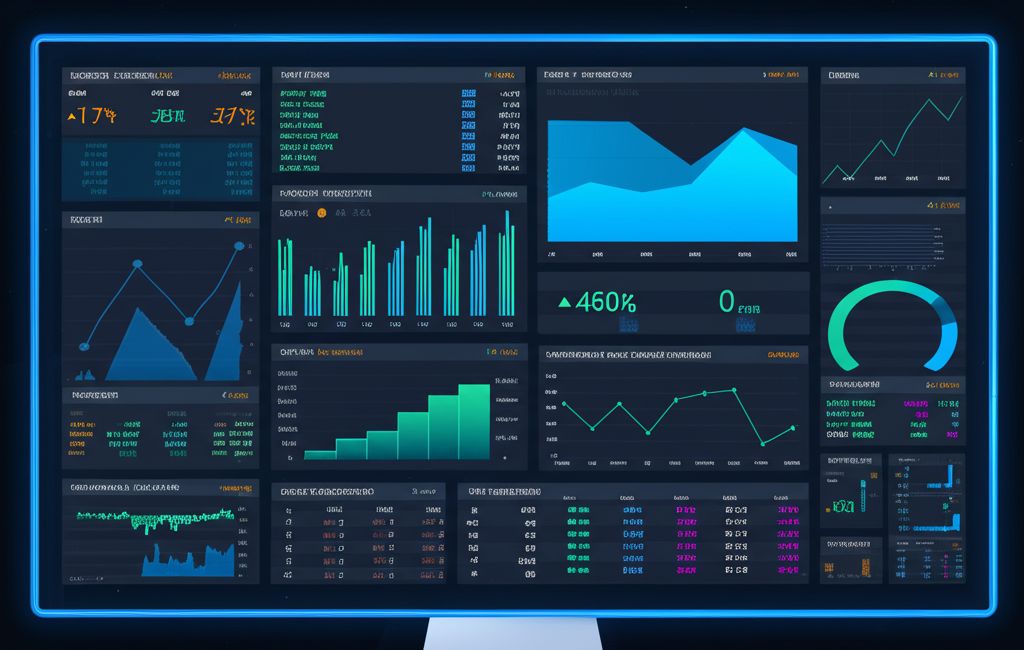Backtesting is the cornerstone of algorithmic trading strategy development, allowing traders to evaluate how a strategy would have performed using historical market data. However, many traders underestimate the complexity and importance of proper backtesting, leading to strategies that perform well in tests but fail in live markets. In this article, we'll explore the key principles of effective backtesting and how to use it to validate your trading strategies.
Why Backtesting Matters
Backtesting serves several critical functions in the strategy development process:
- It provides quantitative evidence of a strategy's potential effectiveness
- It helps identify and refine the optimal parameters for a strategy
- It reveals a strategy's risk profile and drawdown characteristics
- It builds confidence in the strategy, which is crucial for maintaining discipline during inevitable drawdowns
- It helps identify potential weaknesses or failure modes before risking real capital
Common Backtesting Pitfalls
Before diving into best practices, it's important to understand the common pitfalls that can lead to misleading backtest results:
1. Look-Ahead Bias
Look-ahead bias occurs when a backtest inadvertently uses information that wouldn't have been available at the time of the trade. This can happen when:
- Using indicators that require future data points
- Implementing filters based on knowledge of future market conditions
- Optimizing parameters using the full dataset
2. Survivorship Bias
Survivorship bias occurs when backtesting only includes securities that are currently trading, excluding those that have been delisted, merged, or bankrupted. This can significantly overstate strategy performance, especially for strategies that:
- Trade stocks or other securities with high failure rates
- Hold positions for long periods
- Target distressed or high-volatility assets
3. Overfitting
Overfitting happens when a strategy is excessively tailored to historical data, capturing noise rather than genuine market patterns. Signs of overfitting include:
- Strategies with many parameters that have been extensively optimized
- Perfect or near-perfect performance in backtests
- Highly specific entry or exit conditions
- Sensitivity to small parameter changes
4. Unrealistic Assumptions
Many backtests fail due to unrealistic assumptions about trading conditions:
- Ignoring or underestimating transaction costs
- Assuming perfect execution with no slippage
- Ignoring liquidity constraints
- Assuming unlimited borrowing capacity for short positions
- Ignoring market impact for larger positions
Backtesting Best Practices
1. Use High-Quality Data
The foundation of reliable backtesting is high-quality, accurate historical data:
- Ensure data is adjusted for corporate actions (splits, dividends, etc.)
- Use point-in-time data to avoid survivorship bias
- Include realistic bid-ask spreads for more accurate execution modeling
- Consider using tick data for high-frequency strategies
- Verify data quality by checking for gaps, spikes, and other anomalies
2. Implement Proper Validation Techniques
To guard against overfitting, implement these validation techniques:
- Train-Test Split: Develop your strategy on one dataset (e.g., 2010-2018) and validate it on another (e.g., 2019-2022)
- Cross-Validation: Divide your data into multiple periods and test your strategy across all of them
- Walk-Forward Analysis: Continuously retrain your model on a rolling window of data and test it on subsequent periods
- Monte Carlo Simulation: Generate multiple scenarios by randomizing aspects of your backtest to assess robustness
3. Model Realistic Trading Conditions
Make your backtests as realistic as possible by accounting for:
- Transaction Costs: Include commissions, exchange fees, and taxes
- Slippage: Model the difference between expected and actual execution prices
- Liquidity: Consider volume constraints and market impact
- Execution Delays: Account for the time between signal generation and execution
- Borrowing Costs: Include the cost of borrowing shares for short positions
4. Analyze the Right Metrics
Don't focus solely on returns. Evaluate your strategy using these key metrics:
- Sharpe Ratio: Risk-adjusted return (higher is better)
- Maximum Drawdown: Largest peak-to-trough decline
- Recovery Time: Time to recover from drawdowns
- Win Rate: Percentage of profitable trades
- Profit Factor: Gross profits divided by gross losses
- Calmar Ratio: Return relative to maximum drawdown
- Sortino Ratio: Return relative to downside deviation
5. Stress Test Your Strategy
Test how your strategy performs under various market conditions:
- Bull markets vs. bear markets
- High-volatility vs. low-volatility periods
- Different interest rate environments
- Market crashes and black swan events
- Different economic cycles
Advanced Backtesting Techniques
1. Event-Based Backtesting
Event-based backtesting simulates the actual sequence of market events and your strategy's responses, providing more realistic results than time-based backtesting, especially for:
- High-frequency trading strategies
- Strategies sensitive to the order of market events
- Multi-asset strategies with complex interactions
2. Agent-Based Modeling
Agent-based modeling simulates market participants as autonomous agents, allowing you to:
- Test how your strategy performs when other market participants react to it
- Simulate market impact more realistically
- Identify potential feedback loops and unintended consequences
3. Sensitivity Analysis
Sensitivity analysis involves testing how your strategy performs with different parameter values:
- Identify which parameters have the most impact on performance
- Find robust parameter ranges rather than precise optimal values
- Understand how parameter changes affect risk and return characteristics
From Backtesting to Live Trading
Even with thorough backtesting, the transition to live trading requires careful consideration:
- Paper Trading: Test your strategy in a simulated environment with real-time data
- Gradual Deployment: Start with smaller position sizes and gradually increase
- Performance Monitoring: Compare live results with backtest expectations
- Continuous Validation: Regularly revalidate your strategy with new data
Conclusion
Backtesting is not just a step in the strategy development process—it's an ongoing discipline that helps traders refine, validate, and maintain confidence in their trading strategies. By following these best practices and avoiding common pitfalls, you can develop more robust strategies that stand a better chance of success in live markets.
At Algocrab, we provide comprehensive backtesting tools that incorporate these best practices, helping traders validate their strategies with confidence. Our platform includes high-quality historical data, realistic transaction cost modeling, and advanced validation techniques to ensure your strategies are robust before deploying them in live markets.



